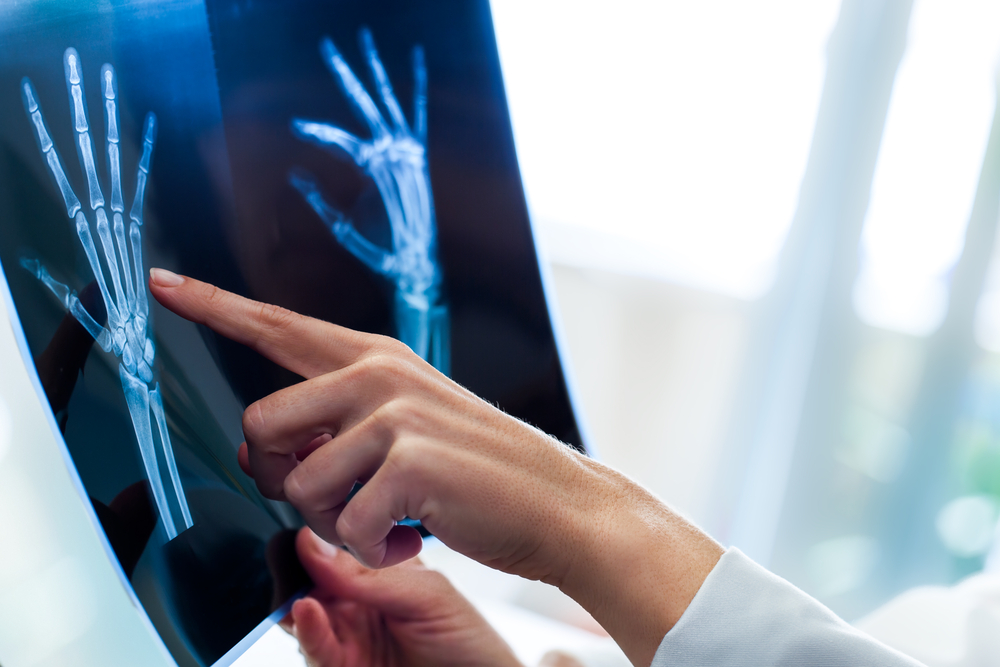
5 Proven Benefits of Meditation
Over fourteen percent of people in the United States have tried meditation. But why do any of them stick with it? Well, you may think that meditation is boring, but there are significant advantages of meditation. Are you ready to learn more? Read on to discover 5 proven benefits of meditation for your mental health. Alleviate anxiety, overcome depression, and boost self-esteem with meditation
1. Help With Your Anxiety
If you have a chronic anxiety issue, meditation is one strategy to help you deal with it. Regularly meditating can help you moderate the stress of your everyday life, which will in turn help you to alleviate your anxiety and find relaxation.
There are other mental health problems that meditation can help with too. Combined with other treatments (like chiropractic treatments), you can help overcome the cycle of depression.
And people who are struggling with low self-esteem can also benefit from trying out meditation and other mindfulness practices. The process of meditation encourages your brain to focus on more positive thoughts. This helps you overcome any negative thoughts that might climb into your brain.
2. Pay More Attention
People who struggle with their attention span, whether or not they have ADHD, can learn to lengthen their attention span through meditation. When you meditate, you’re supposed to let go of other factors in the world that could be distracting you from what you need to get done.
So, if you’re struggling with your work or with getting everything you need to be done for school, try including practicing mindful meditation into your routine.
3. Help Your Body Feel Better
Meditation isn’t just helpful for your mental health. It can help improve your physical health as well. Because meditation helps you reduce your stress levels, it helps reduce your blood pressure. This will improve your overall cardiovascular health.
And if you struggle with chronic pain, meditation is another strategy to help you regulate how you feel and relieve your problems. Like with many problems, mind over matter really does work.
4. Get Outside Yourself
Meditation also gives you the opportunity to get outside of your head. This will make it easier for you to sympathize with others and to think about the bigger picture when it comes to the world around you. There are actually studies that show that meditation helps create pathways in your brain that makes you more sympathetic to other people.
5. Think Better
Meditation is good for your brain overall. When you regularly meditate and practice mindfulness, you’re working out your brain. This allows your brain to stay strong as you age, ensuring that you’re less prone to memory loss and other age-related brain issues.
Get Started With the Benefits of Meditation Today
Clearly, there are a lot of benefits of meditation you might want to get in on. So, you may want to take a class or watch a YouTube video, and see if it might be right for you.
Do you need a chiropractor to help you on your wellness path? Schedule an appointment with Amazing Life today.





